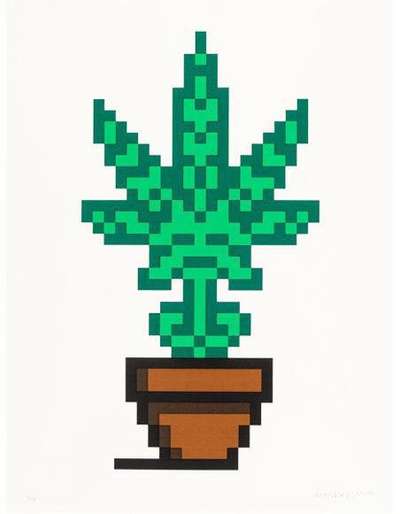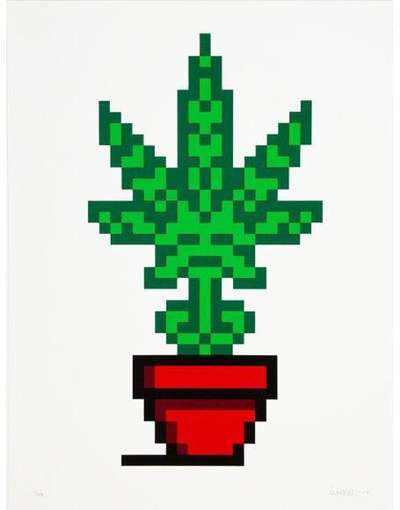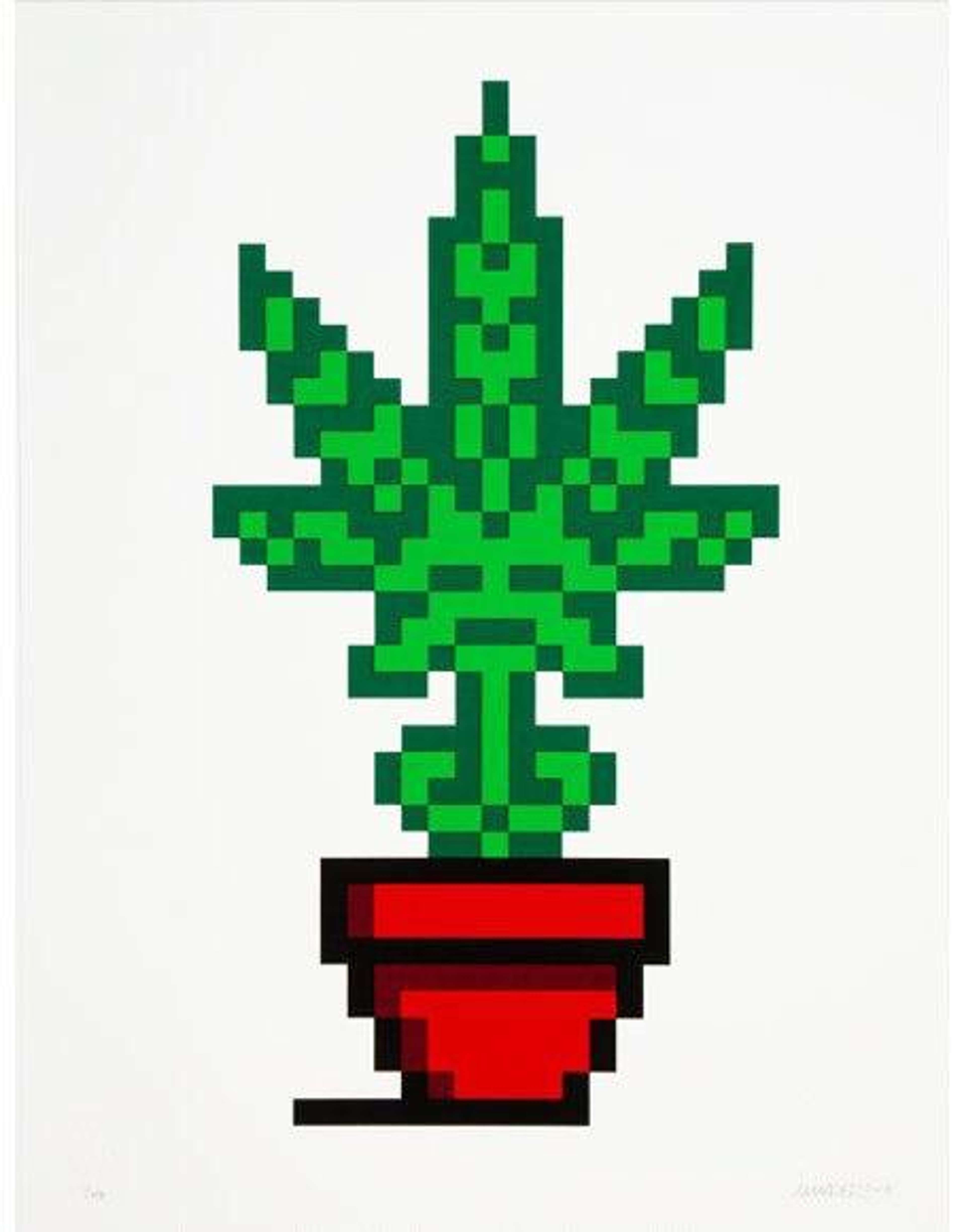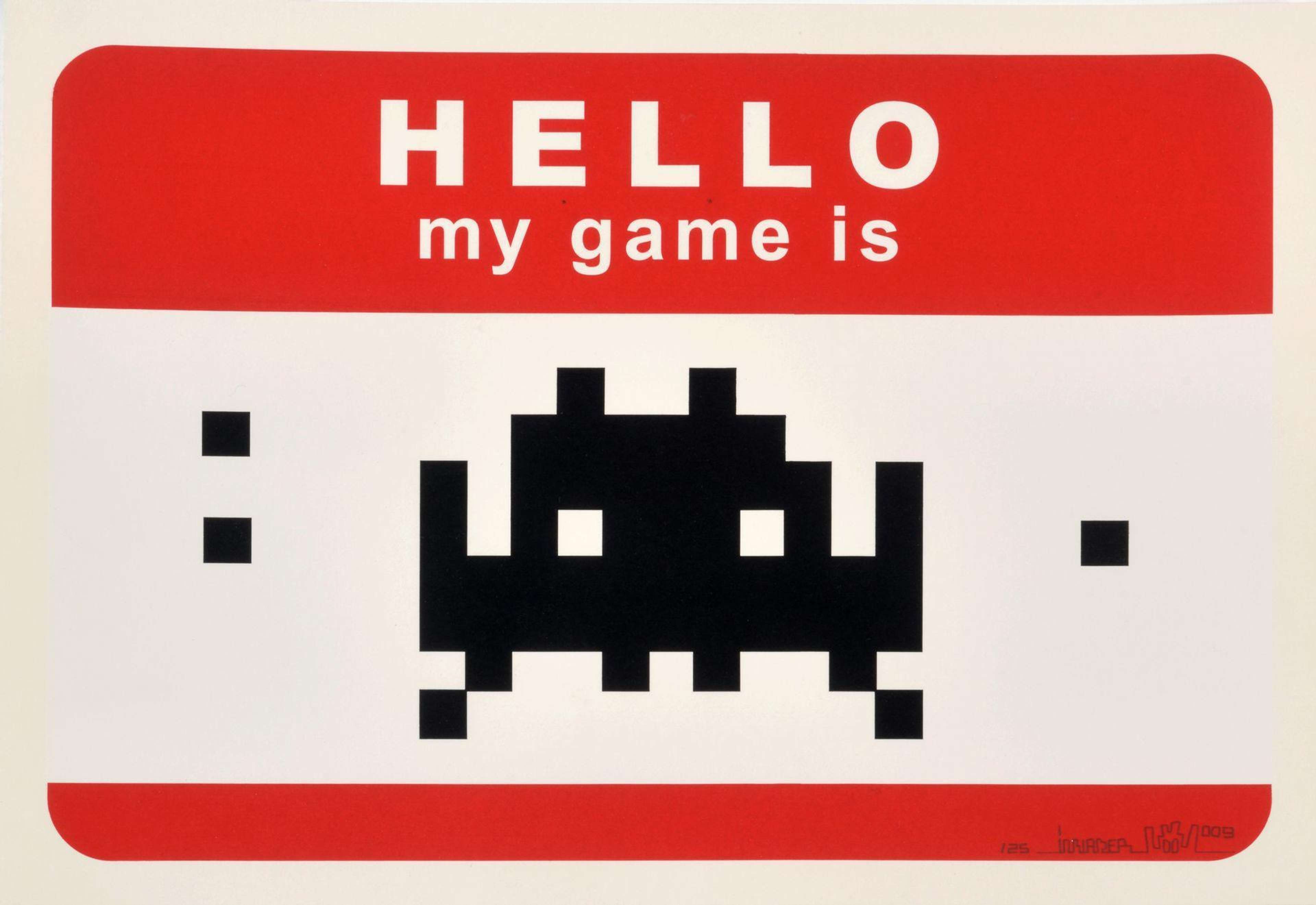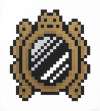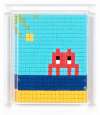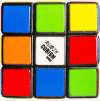Hollywood
Invader’s Hollyweed was created for his significant LA Exhibition, “Into the White Cube”. The prints show two plants, reminiscent of Super Mario characters. The reference to Hollywood homages the city but it is also a sly reference Invader’s multiple invasions of the Hollywood sign, culminating in his eventual arrest.
Invader Hollywood For sale
Hollywood Value (5 Years)
Sales data across the Hollywood series by Invader varies by print. While standout works have sold at auction for up to £8571, other editions in the series remain rare to market or have yet to appear publicly for sale. Of those tracked, average selling prices have ranged from £3186 to £3186, with an annual growth rate of 5.85% across available data. Collectors should note the discrepancy in performance between more visible and lesser-seen editions when considering value potential in this series.
Hollywood Market value
Auction Results
| Artwork | Auction Date | Auction House | Return to Seller | Hammer Price | Buyer Paid |
|---|---|---|---|---|---|
 Hollyweed (red) Invader Signed Print | 28 Jan 2024 | SBI Art Auction | £2,635 | £3,100 | £3,650 |
 Hollyweed (brown) Invader Signed Print | 3 Dec 2022 | Blanchet & Associés | £7,225 | £8,500 | £11,000 |
Sell Your Art
with Us
with Us
Join Our Network of Collectors. Buy, Sell and Track Demand
Meaning & Analysis
One of Invader’s more controversial works, Hollyweed was first created in response to his LA Exhibition, Into the White Cube. The series affirms itself both in the artist's illegal public interventions and within the space of the museum or the gallery.
The prints were made by Invader in response to one of his largest and most important solo exhibitions in the US, Into the White Cube, held at Over the Influence in Los Angeles, California. The exhibition offered a retrospective on the artist’s most important works, as well as new artworks made on canvas, the first time the artist engaged with the medium after his fine art education in Paris. For the occasion, Invader decided to produce an entirely new array of his signature pixelated images, amongst which were the Versailles prints and Hollywood.
The prints represent two plants, the only difference being the colour of the pots, which are reminiscent of the antagonistic Super Mario characters. Their name is a pun staged by the artist, playing on the merging of ‘weed’, visually represented, and ‘Hollywood’. The reference to Hollywood has, in this case, a twofold significance. On the one hand, it addresses and homages the city in which the exhibition was held and for which Invader created the prints. Invader’s love for Los Angeles has been widely acknowledged, with the artist having invaded the city with over 200 public mosaics recorded to date interspersed through the city’s corners, and 11 invasion waves, one of which organised in conjunction with the 2018 exhibition.
But the artist’s reference to Hollywood in the prints, and their defiant character, goes beyond. The artist’s love for popular and iconic imagery is hardly unacknowledged, with pieces portraying characters from Stanley Kubrick’s Clockwork Orange and The Shining (see Rubikcubism), Invader is a man of his time. On December the 31st 1999, the artist defied public authorities when he placed one of his Space Invaders upon the letter D of the iconic Hollywood Sign, which has become a true landmark of the city. During subsequent trips to the city, he carried on his Invasion of the American landmark by placing his mosaics on its eight other letters. In 2010, the artist was then arrested for attempting to place another mosaic on the sign, all the previous ones having already been removed, and was even forced to pay a fine.
Seemingly uneventful within Invader’s production, upon closer analysis these prints reveal both Invader’s defiance of public authorities in his politically charged yet playful art, as well as Invader’s commitment to producing artworks that, even if enclosed by gallery space, still openly engage in a dialogue with the surrounding city, adapting his artworks ‘‘to the culture of the city’’ in a process termed ‘urban acupuncture’. Regarding the splitting of the artist’s artistic practice across public and private, inside and outside, Over the Influence director commented that ‘‘good work is good work, whether it is in the street or in the gallery, good work can be enjoyed wherever it is.’’ Such is the spirit of Invader’s practice, a playful yet committed practice devised to call upon the viewer’s attention, and such is the effect produced by these daring prints.
